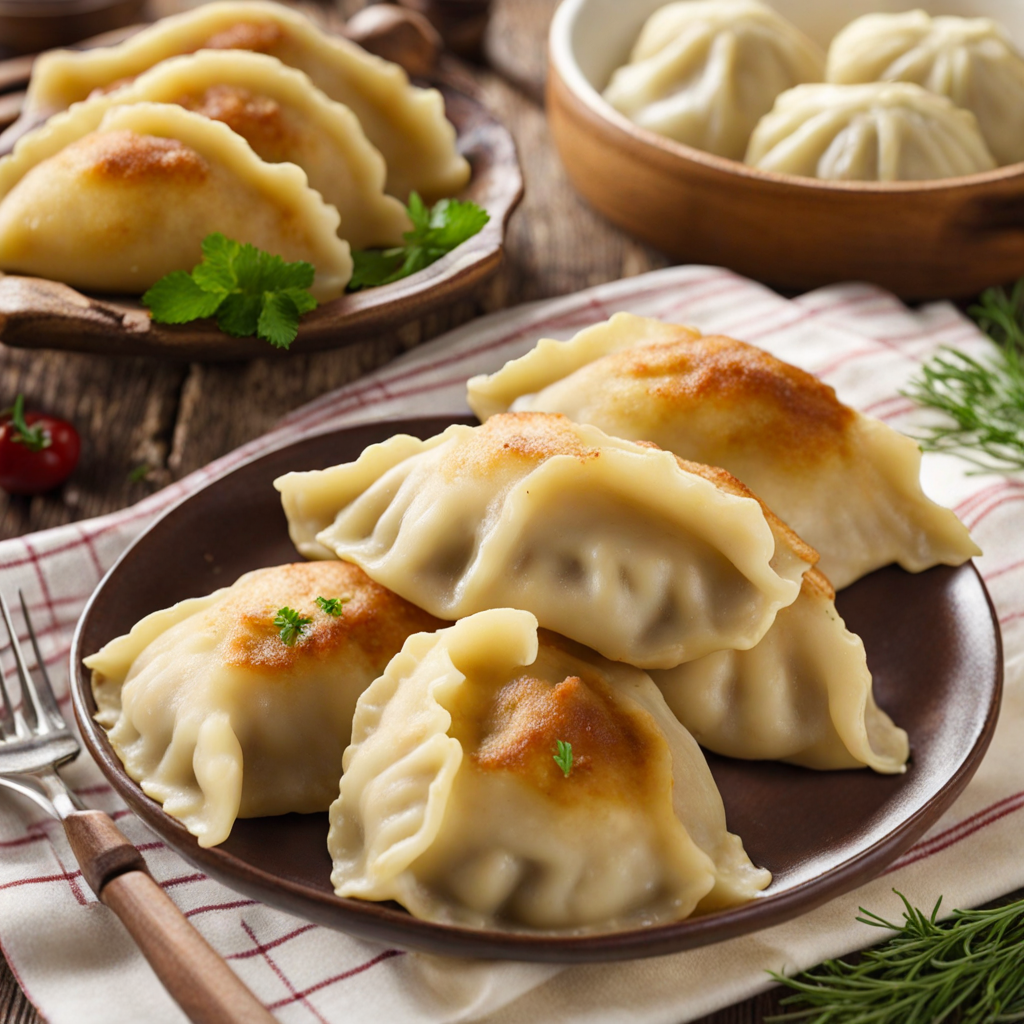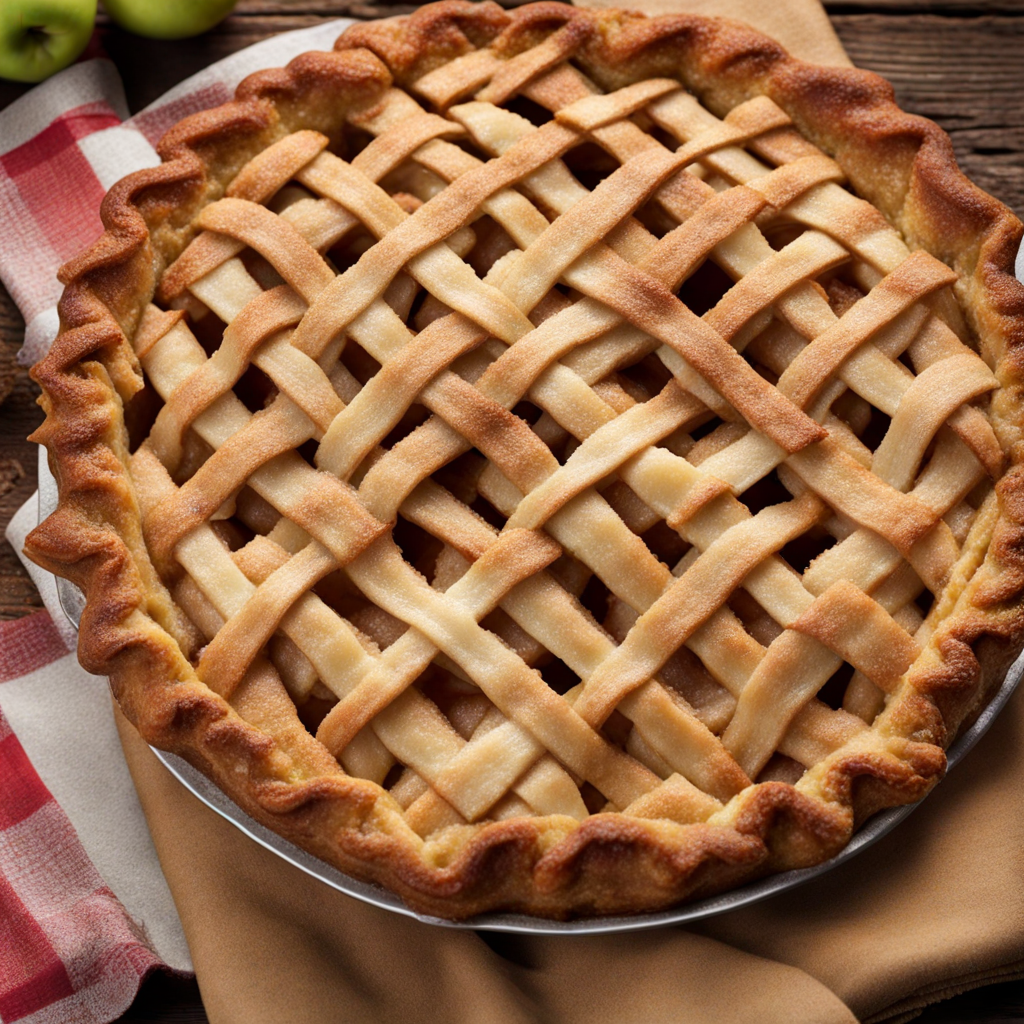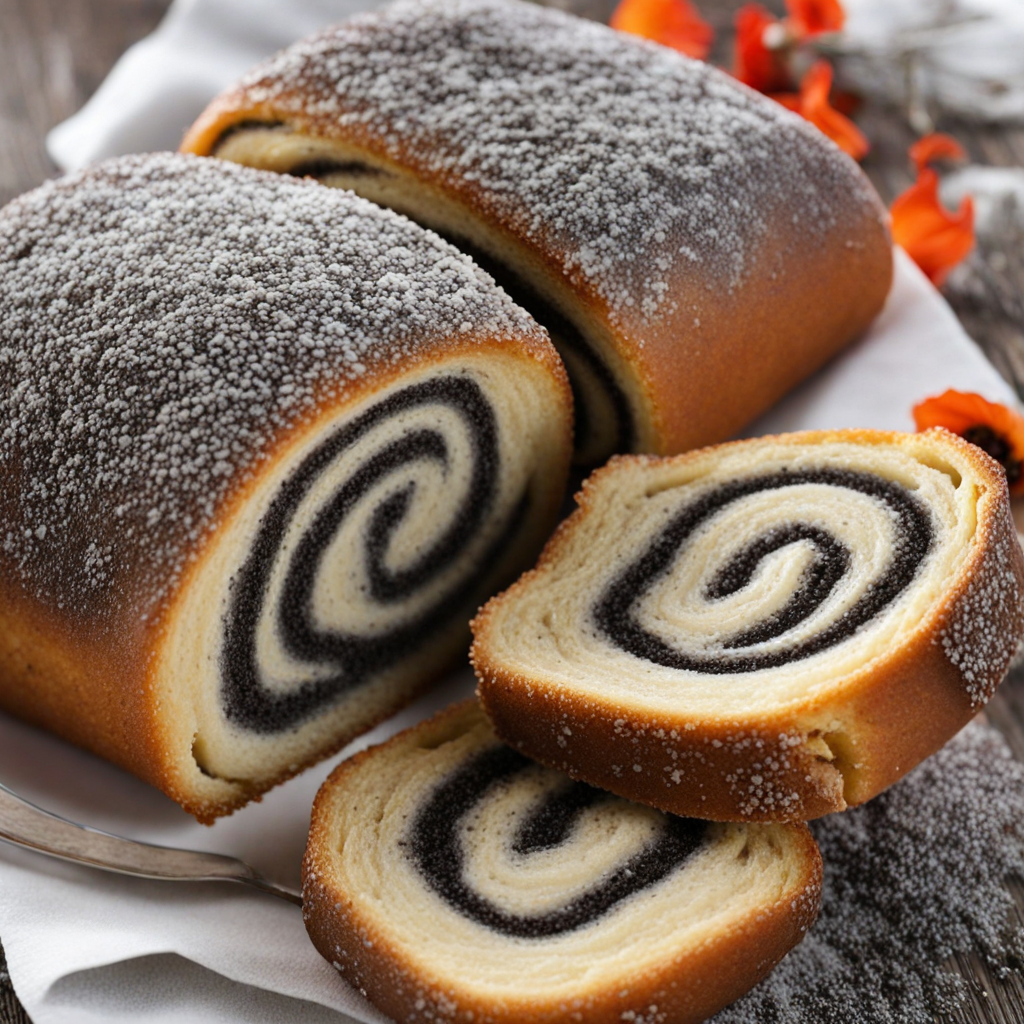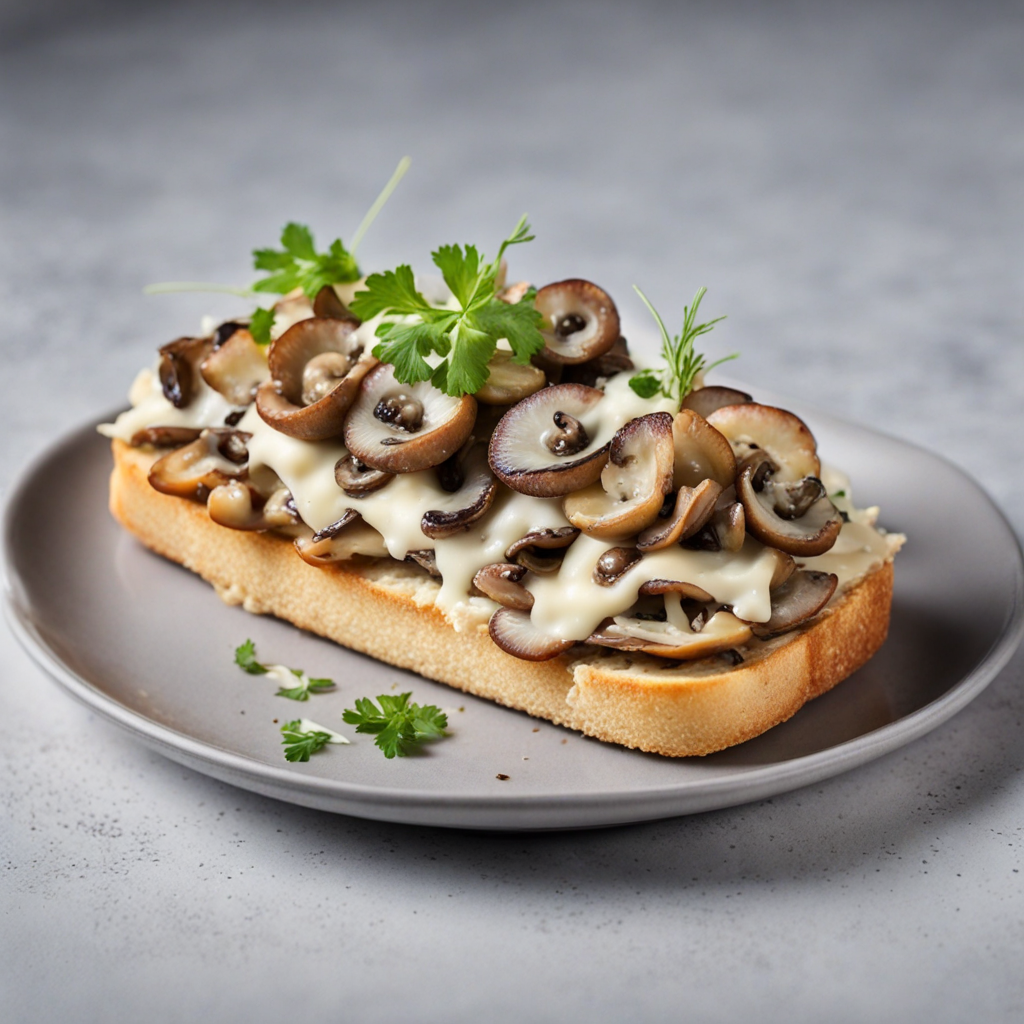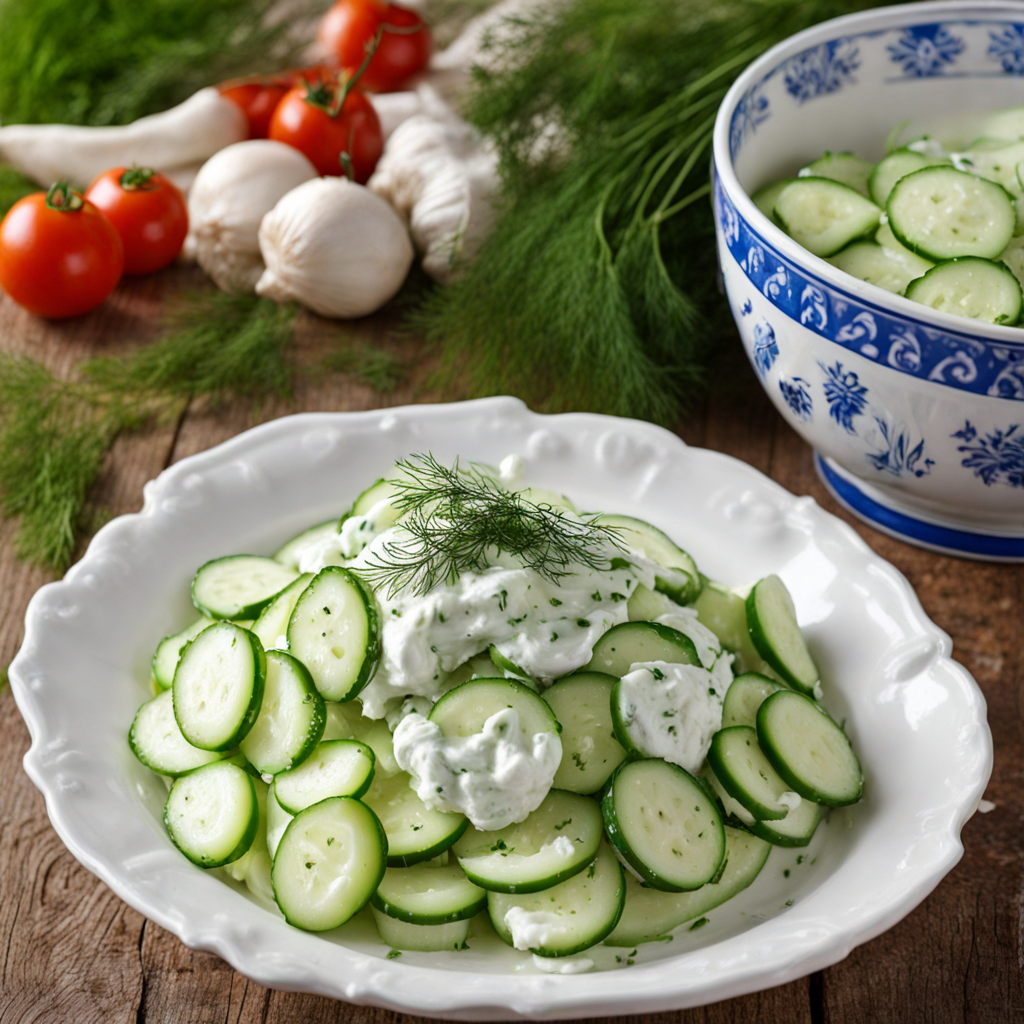Pierogi
Pierogi are delightful dumplings that originate from Poland, renowned for their versatility and comforting flavors. Made from a simple dough of flour, water, and eggs, these little pockets can be filled with a variety of ingredients, making them a staple in Polish cuisine. Traditional fillings often include mashed potatoes, cheese, sauerkraut, mushrooms, or even meats, but sweet versions with fruits like blueberries or cherries are equally popular. The dough is rolled out, cut into circles, filled, and then folded over to create a half-moon shape, which is then sealed to keep the delicious filling inside.
How It Became This Dish
The Enchanting History of Pierogi: Poland's Beloved Dumplings #### Origins and Early History Pierogi, the beloved Polish dumplings, hold a special place in the hearts and stomachs of many, not just in Poland but across the globe. Their origins can be traced back to the 13th century, with some historical evidence suggesting that they may have arrived in Poland even earlier, possibly through trade routes connecting the East and West. The earliest records of pierogi come from Polish cookbooks in the 17th century, but it is believed that these dumplings were influenced by various cultures and culinary traditions, particularly those of the Slavic nations and the Ukrainians. The name "pierogi" is derived from the Slavic word "pir," meaning "feast" or "celebration," which hints at the dish's cultural significance. Traditionally, pierogi were made as a way to celebrate special occasions and gatherings, symbolizing the warmth of family and community. The process of making pierogi was often a communal activity, where families would come together to prepare large batches, sharing stories and laughter in the process. #### Cultural Significance Pierogi are much more than just a dish; they are a cultural icon in Poland, representing national pride and culinary heritage. They are often associated with traditional Polish festivals, holidays, and family gatherings. One of the most notable occasions for pierogi is Wigilia, the Christmas Eve dinner, where they are typically filled with sauerkraut and mushrooms, representing the end of the fasting period. This dish not only exemplifies the spirit of sharing and abundance but also serves as a reminder of the importance of family bonds during the festive season. In addition to Christmas, pierogi are enjoyed year-round, with various fillings that reflect regional and seasonal ingredients. Common fillings include potatoes, cheese, mushrooms, meat, and seasonal fruits like blueberries or strawberries. Each region of Poland has its own unique twist on pierogi, showcasing local flavors and traditions. For example, in the southern regions, one might find pierogi filled with buckwheat and cheese, while in the north, sweet versions with fruit fillings are more prevalent. #### Evolution Over Time As time passed, pierogi evolved from a simple peasant food into a celebrated dish in Polish cuisine, adapting to the changing tastes and ingredients available to cooks. During the 19th century, when Poland was partitioned among Russia, Prussia, and Austria, the culinary exchanges between these regions influenced the preparation and presentation of pierogi. The Austro-Hungarian Empire, in particular, popularized the dish, leading to variations like the Austrian "Teigtaschen," which resemble pierogi in both shape and filling. In the 20th century, the industrialization of Poland brought about significant changes in food production and preparation. While traditional methods of making pierogi were still cherished, the emergence of frozen and pre-packaged pierogi in supermarkets made the dish more accessible to the masses. This commercialization, however, sparked a renewed interest in homemade pierogi, as families sought to preserve their culinary traditions and pass down recipes through generations. The diaspora of Polish immigrants, particularly in the United States, further transformed the perception of pierogi. As Polish communities formed in cities like Chicago, New York, and Detroit, they introduced pierogi to a wider audience. Polish festivals and fairs became popular venues for showcasing this delightful dish, leading to a blending of flavors and the introduction of new fillings influenced by American cuisine. Today, you can find pierogi filled with everything from jalapeños to buffalo chicken, reflecting a fusion of cultural influences. #### Pierogi in Modern Times In contemporary Poland, pierogi continue to be a cherished dish, enjoyed by people of all ages. They have transcended their humble origins to become a symbol of Polish culinary art. Many restaurants now offer gourmet versions of pierogi, elevating the dish with creative fillings and innovative presentations. Chefs experiment with flavors, incorporating ingredients like truffles, smoked salmon, and gourmet cheeses, while still honoring traditional recipes. Moreover, pierogi have found their way into popular culture, appearing in cookbooks, television shows, and social media platforms. The dish has become a point of pride for Polish chefs and home cooks alike, with online communities dedicated to sharing recipes, tips, and personal stories related to pierogi-making. This digital renaissance has reignited interest in traditional cooking techniques, encouraging younger generations to engage with their cultural heritage. #### Conclusion Pierogi are more than just a delicious dish; they embody the spirit of Polish culture, history, and community. From their origins as a simple dumpling to their status as a beloved culinary icon, pierogi have evolved over centuries, adapting to new influences while remaining rooted in tradition. They symbolize the warmth of family gatherings, the richness of cultural exchange, and the resilience of culinary heritage. As Poland continues to navigate the complexities of modernity, pierogi will undoubtedly remain a cherished part of its culinary landscape, bridging the gap between the past and the present. Whether enjoyed at a festive celebration, a family dinner, or a street fair, pierogi offer a taste of history, a sense of belonging, and an invitation to share in the joy of food. In every bite, one can savor the stories of generations, the flavors of the earth, and the love that goes into making this timeless dish.
You may like
Discover local flavors from Poland


